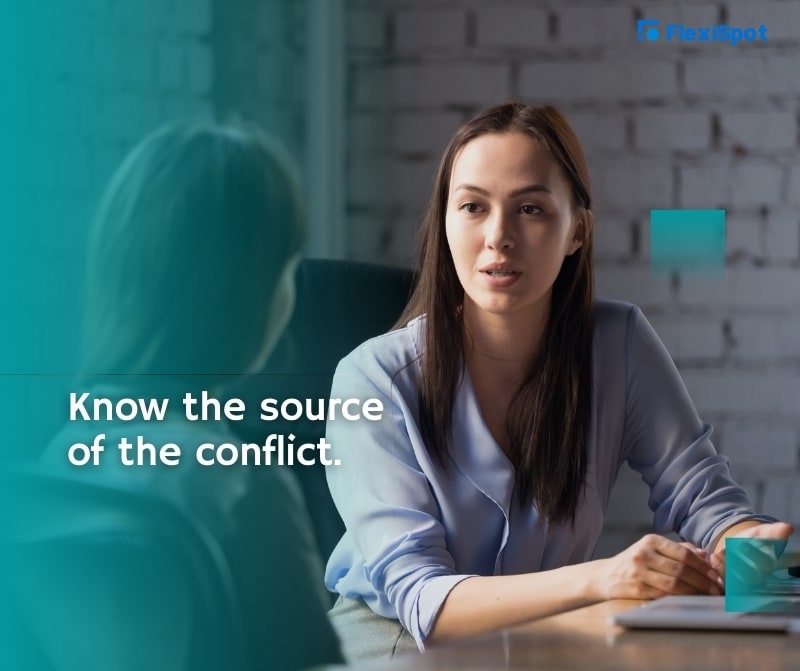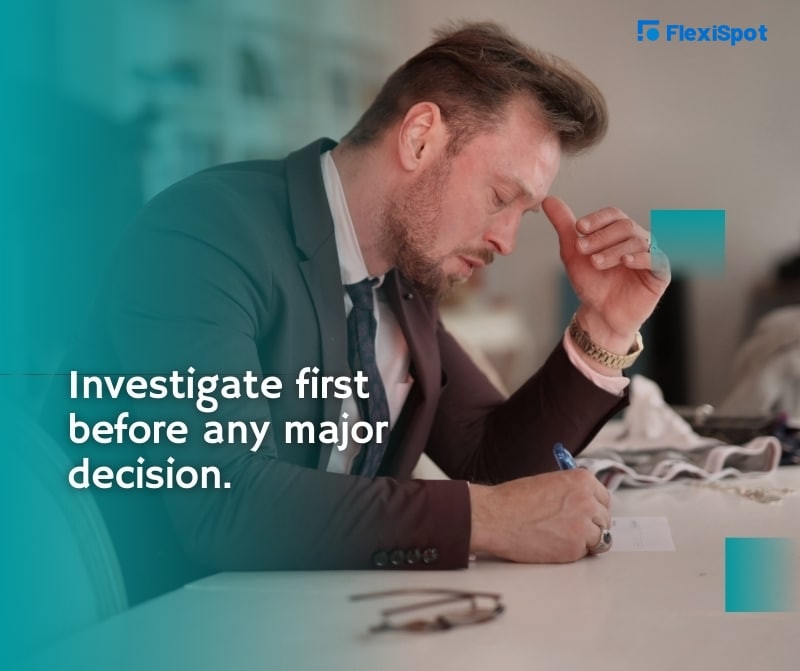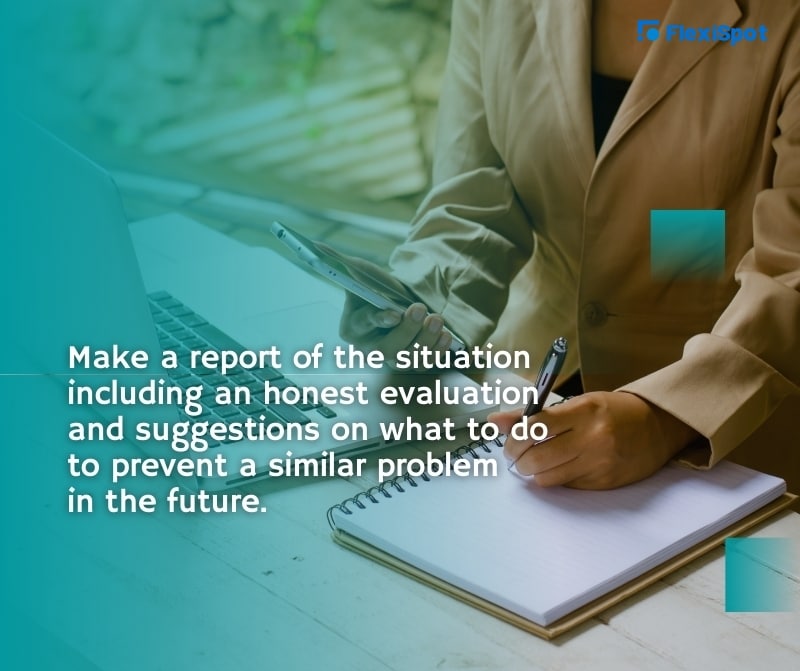We all hate conflict. As much as possible, we try to avoid it because getting embroiled in an argument is the last position we want to be in when we have a hundred problems on the back of our minds.
But no matter how we try to avoid it, conflict is a normal aspect of life. Even in a professional environment such as the workplace, conflicts cannot be avoided. There will always be a difference in opinion, a clashing of personalities, or conflicting moods in a day that might start a disagreement. In modern workplaces, companies have also boasted of their multicultural workforce that just means more room for polar views when looking at the same problem.
The more we try to prevent conflict, the more it is likely to happen. Since it’s unavoidable anyway given our diverse reality, the better approach to conflict is to resolve and manage it. Resolution tools and techniques must be employed in order to address conflict right away and not let it grow it into a bigger problem. In a professional setting, conflict management is important to minimize the chances of a conflict starts. A good company has employees who can work in harmony together despite coming from different backgrounds and having varying viewpoints.
So how could you resolve conflict in the workplace anyway?
1. Know the source of the conflict.
Before you dive into solving anything, the first thing you should do is to know what you are trying to resolve in the first place. This will help you better assess the situation and why one thing led to another. More on the upside, you will be able to get both parties to agree on what their actual misunderstanding is. Don’t stop until you do! However, you must be extra careful because this is dangerous territory to tread. By any chance, you must not take sides and you have to take into account what the needs of both parties are for the conflict to be resolved. The worst thing that you can do is to jump to conclusions and point fingers. Ask the right questions and listen intently up until the point that both conflicting parties have an understanding of the problem at hand.
2. Talk in private.
Never address a problem with many ears and eyes around. The only stakeholders in this conflict are the erring parties and the mediator. Make sure the conflicting parties feel that they are in a safe and comfortable setting where they could answer questions truthfully and in peace. Your chosen area should not be the home court of any of the parties as this might give a sense of bias. Assure them that whatever they will share in the room would be treated with the utmost confidentiality. You may opt to talk to both parties separately at first to offer you some perspective before bringing them in the room together. Once they are facing each other, make sure that both sides are given equal air time when they talk about their side of the problem. It might help to set ground rules, similar to a debate when one can lay out his or her points first before another player can contest it. This will hopefully give a safe environment for both parties to be as open and honest as possible.
3. Investigate first before any major decision.
Once both parties have aired their sides, you may now investigate the case further. Do not solely rely on the stories of the erring parties as these may be mixed with emotions. Check around for facts and dig deep into what really happened. When you talk to more involved people, you may take notes and check if you got their story correctly by summarizing what they said and confirming if it is aligned with what they know and feel. There may also be hidden information or sources that might spring into being once you start your investigation. Keep a watchful eye on this as it might change the course of the investigation and give you more clarity about the situation.
4. Plot solutions with involved parties.
It’s now time to determine solutions. In conflict management, all parties must understand that the main goal is to resolve the conflict and to make sure that it, or any problem of similar nature, does not happen again. And when the common goal is clear for everyone involved, it’ll be easier to jot down solutions that all sides would be at peace with. Take your time and exhaust all options and scenarios that will come into your heads. Listen and communicate with all the stakeholders so that they feel they are part of the conflict resolution and not just blindly saying yes to the cards on the table even though they disagree. If this happens, the problem is most likely to resurface so make sure everyone is on board and the same page.
5. Pick the best solution and identify each one’s role in solving the problem.
Communication is key so that both parties may find a compromise that is sound for both of them. The solution should literally be something that both parties can live with. Also, use this opportunity to make sure that the root cause of the issue is clear to both parties so that the same problem won’t arise again.
6. Make a report of the situation including an honest evaluation and suggestions on what to do to prevent a similar problem in the future.
Do not let this happen again by detailing on paper what happened and how it was resolved





